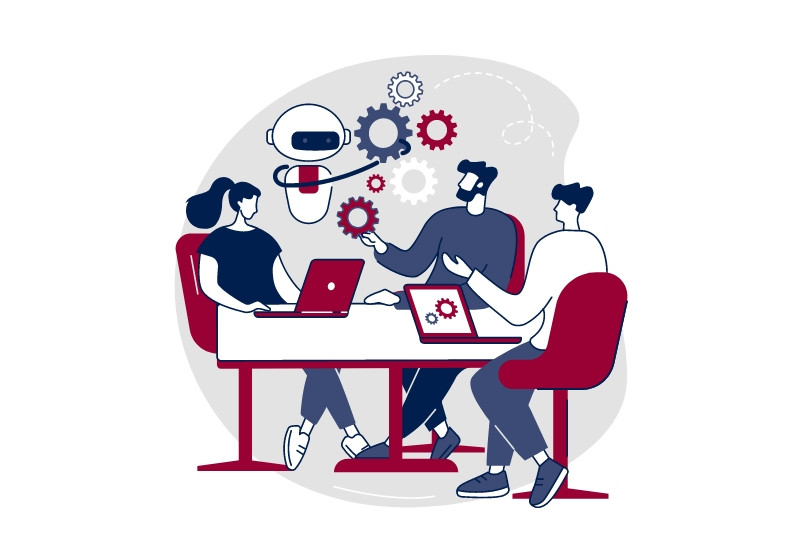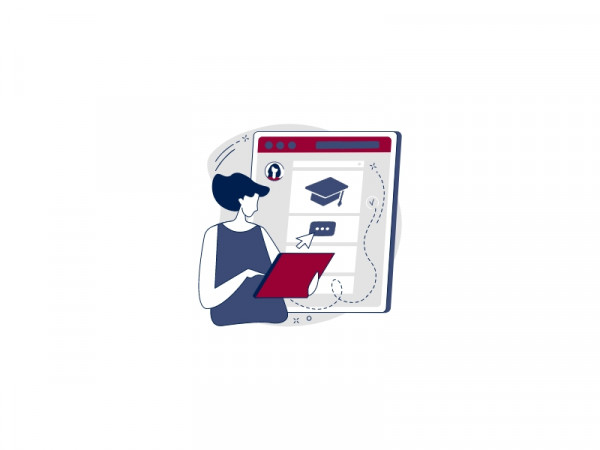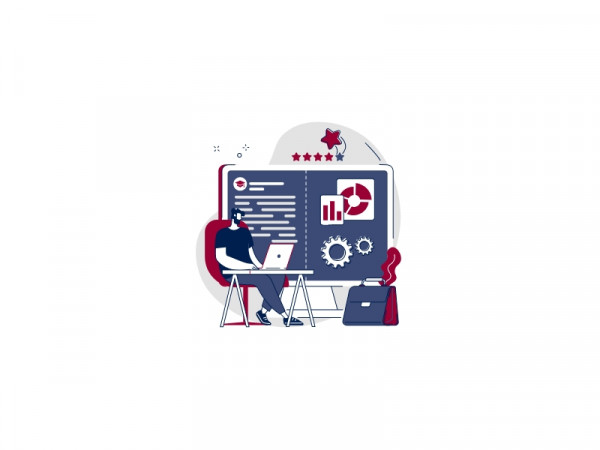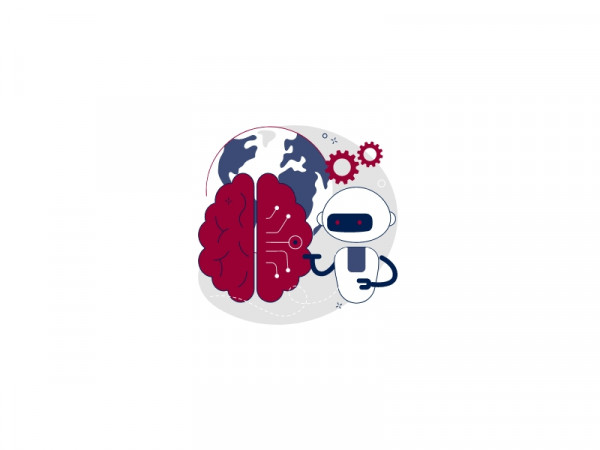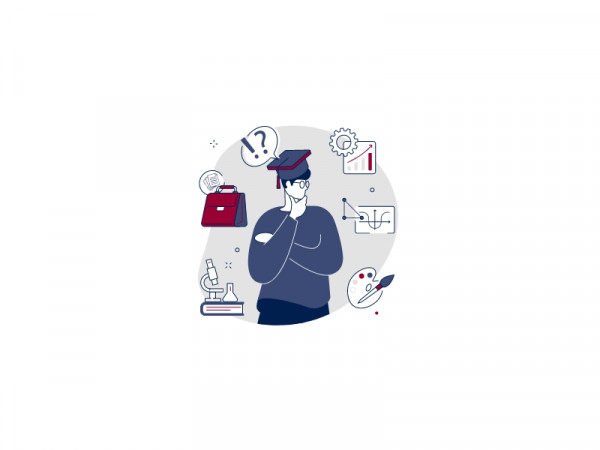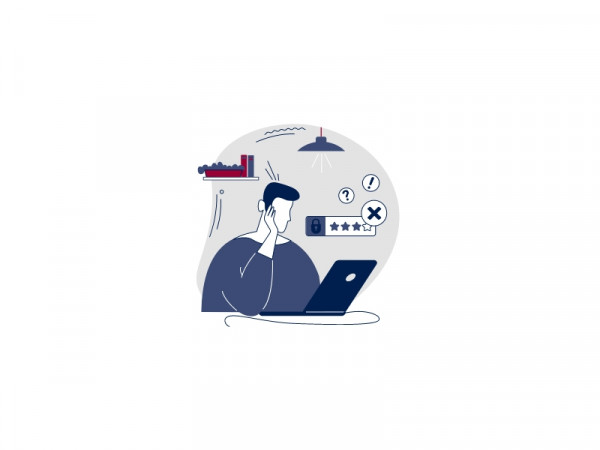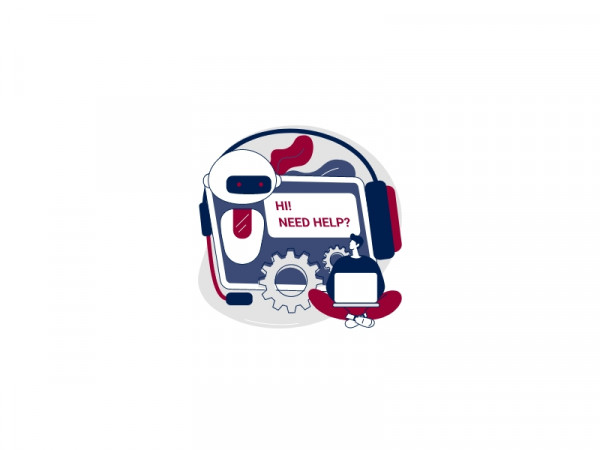Focus on the Use of AI in Education
Why it is essential to regulate the use of AI in higher education?
Regulating AI in higher education is crucial to balancing theoretical mastery with critical thinking.
- In medicine for instance, students must not only grasp complex concepts but also develop analytical skills. Relying on AI for a thesis risks weakening their ability to critique research. Can you see yourself being operated on by a surgeon who generated his thesis with chatGPT?
- In architecture, future professionals need creativity, solid basic skills and problem-solving skills to design impactful projects. you don't want to entrust the construction of your house to an architect who has generated his thesis and designs using generative AI
To uphold academic integrity and high standards, it is essential to identify AI usage, ensuring authenticity, originality, and the proper validation of student competencies. Teachers and students alike can use an AI detector like Compilatio Magister+ or Compilatio Studium, to identify content potentially generated by ChatGPT, Gemini or others AIs.
AI in Higher Education: Current Use
AI is already shaping higher education by assisting with research, automating administrative tasks, and offering personalized learning experiences. Students use AI tools for writing support, data analysis, and language translation, while educators leverage them for grading and course recommendations.
AI in Higher Education: Future Applications
In the future, AI could provide even more advanced tutoring systems, predictive analytics for student success, and immersive learning through virtual reality. It may also aid in skill-based assessments and adaptive curricula, ensuring education becomes more personalized and efficient.


